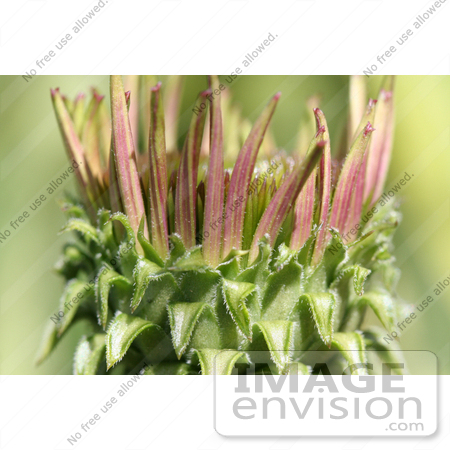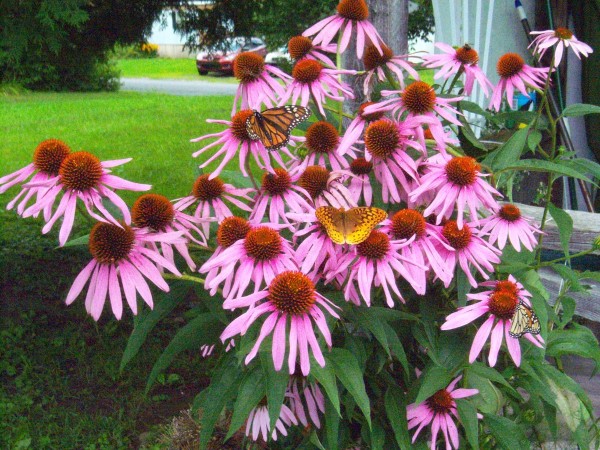
Most plants do not bloom until their second or third year from seed, and it generally takes about 5 years before you get a good flower show.
#Best time to move purple coneflower full
It requires several growing seasons for yellow coneflower to reach its full size. Some seeds may sprout in the storage bag if moist stratified too long. Place in a sealed plastic bag and store in the refrigerator for 1-2 months. Otherwise, mix seeds with equal amounts or more of damp sand or vermiculite. The easiest way to achieve this would be to plant outside in the fall for spring germination. Seed germination is improved by cold moist stratification. Yellow coneflower is propagated from seed or division. paradoxa has few problems and is considered deer resistant. Once established, it is drought-tolerant and requires little maintenance. Plant yellow coneflower in full sun in ordinary garden soil. Yellow coneflower also fits well in a native plant garden, naturalized area, prairie or wildflower meadow. Interplanting with other sturdy-stemmed plants may help support the plants, which have a tendancy to flop. Plant in front of tall ornamental grasses, such as little bluestem ( Schizacryium scoparium) or ‘Karl Foerster’ feather reed grass ( Calamagrostis x acutiflora). Try combining it with bright red or purple bee balm ( Monarda), Teucrium ‘Purple Tails’, or blue-flowering catmint ( Nepeta). Because it has an open habit, it is best to plant this species in groups of 3 or more in the garden to increase the visual impact. Use yellow coneflower individually in the border or as a mass planting. The foliage grows about 18” tall but the flower stems grow much taller, up to 36” in height. The smooth, dark green leaves are long and linear with linear veining. Butterflies, bees and other insects frequent the flowers when in bloom and small seed-eating birds, such as goldfinches, feed on the seeds in the fall. Blooms are surprisingly fragrant and make good cut flowers. The drooping bright yellow to yellow-orange ray flowers surround a chocolate brown bristly center on the ends of tall, lanky stems. It produces large single blossoms, each 6” or more across. This perennial grows well throughout most of the mid-western and eastern US, being hardy in zones 3 to 9. paradoxa has a deep taproot to allow it to survive its very dry native conditions but it is also quite content in humus-rich garden soil. Also called Ozark coneflower, or Bush’s purple coneflower, E. paradoxa is sometimes confused with Ratibida pinnata (prairie coneflower, grayhead coneflower), which also sometimes has the common name of yellow coneflower but these are completely different plants.įlowers (L) and leaves (R) of Ratibida pinnata.īoth have reflexed yellow ray flowers surrounding a dark center, but the latter has pinnate leaves and a much taller central cone than E.
#Best time to move purple coneflower series
paradoxa was a key contributor in breeding programs for those new coneflower cultivars such as the Meadowbrite™ series and others.Į.

purpurea hybrids were developed recently.

Its paradox is that this is the only species in the “purple coneflower” genus that doesn’t have purple flowers – at least until the more brightly-colored E. Yellow coneflower, Echinacea paradoxa, is native to limestone glades in the Ozarks in Missouri and Arkansas.


 0 kommentar(er)
0 kommentar(er)
